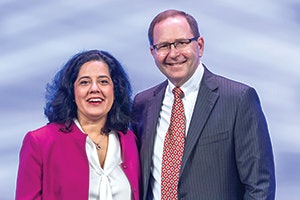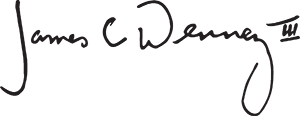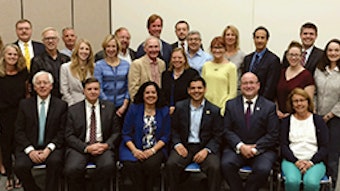Annual Report 2016Message from Leadership
This past year, AAO-HNS/F efforts reflected both our Vision and Mission, inspiring tremendous activity and accomplishments.

The Value4U theme has been our focus as we cared for you and your ability to practice, so you might concentrate on patient care.
This report offers highlights of our activities and documents what we hope is great value to our Members and all who are invested in this specialty.
The ability to work with purpose has offered the many who have served its own reward.
Sometimes this joy spilled over into the work itself as seen in this video https://www.youtube.com/watch?v=M_L27QYrrJg, on our website, and during our AAO-HNSF 2016 Annual Meeting Opening Ceremony.
And, our two-year Strategic Plan has guided our work and allowed us to work together with strength and determination. Its Guiding Principles have fashioned the “how” of our efforts: to prioritize high-quality programs; continually improve performance; leverage relationships; match stable funding to our aspirations; and promote diversity in all we do.
The plan’s well-considered goals for each of five strategic areas—Advocacy; Research and Quality; Education and Knowledge; Member Engagement and Unity; and Sustainability—were assigned actions, measures of success, owners, and updated with status reports several times over the year.
These are the issue areas we address in this report. Each section outlines the specific actions taken to meet the goals. These are measurable successes of and for Members with the best patient care as the ultimate test.
How does the best work get done at the Academy and Foundation? Our tag line—You care for patients. We care for you—isn’t just advertising; it reflects the work done by incredible AAO-HNS Member volunteers and staff for every otolaryngologist in whatever phase of his or her professional life—from training through retirement.
A suggested initiative is considered only if it is in line with the Mission and Strategic Plan. The Strategic Plan has been hammered out by the Boards of Directors and breathed into life by our 71 staff members working with physician leaders. The staff dedicate their time, energy, and expertise so that we can focus on patient care, research, teaching, and improving the processes.
The Presidential vision was “to expand diversity and inclusion at our Academy and Foundation.” This applies not only to race, ethnicity, and gender, but to age, sexual orientation, practice type, and geographical location as well. During this past year, an assertive International Advisory Committee has been established to ensure that our commitment to global inclusion flourishes.
As Dr. Chandrasekhar noted in the Opening Ceremony of our Annual Meeting, “The AAO-HNS/F is a place where if you show up, commit, work, and participate, well, every door is flung wide open for you. And I am standing here as proof of that.”
And operationally, this has turned out to be an incredibly busy year during which a tremendous amount has been accomplished because of the tireless work of your elected officers, physician volunteers, and staff. We have met our challenges with significant responses—addressing the challenge of healthcare delivery’s shifting environment. We are building on our long-term commitment to defining and providing the highest quality care to our patients.
After receiving a QCDR designation by CMS earlier this year, we successfully launched our registry, Regent℠, with close to 2,000 participants at this writing.
We have made significant progress in expanding Academy U® both in terms of content development and distribution.
With our journal editor, John H. Krouse, MD, PhD, MBA, we are proud to announce an additional publication, OTO Open, an open access journal that will significantly increase publication and educational opportunities for our Members and constituents.
We are sure the following pages will be of interest to all of those who care for our specialty and join with us in our commitment to serve.

Sujana S. Chandrasekhar, MD, AAO-HNS/F President 2015-2016

James C. Denneny III, MD, AAO-HNS/F EVP and CEO

